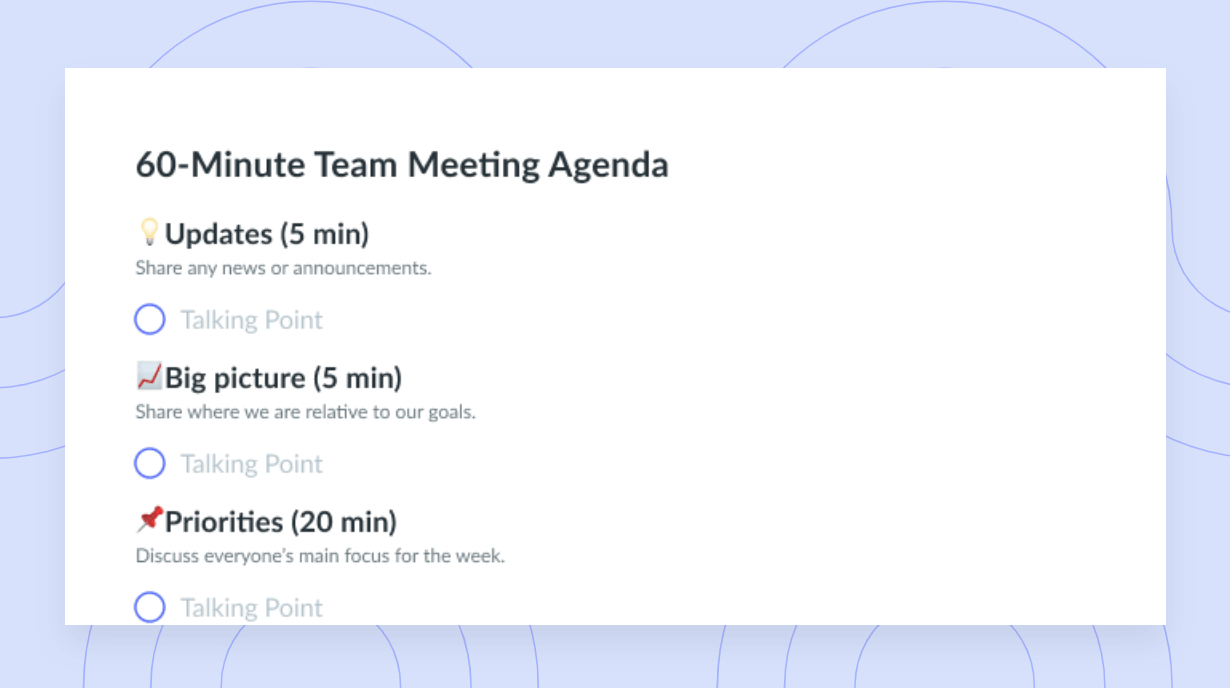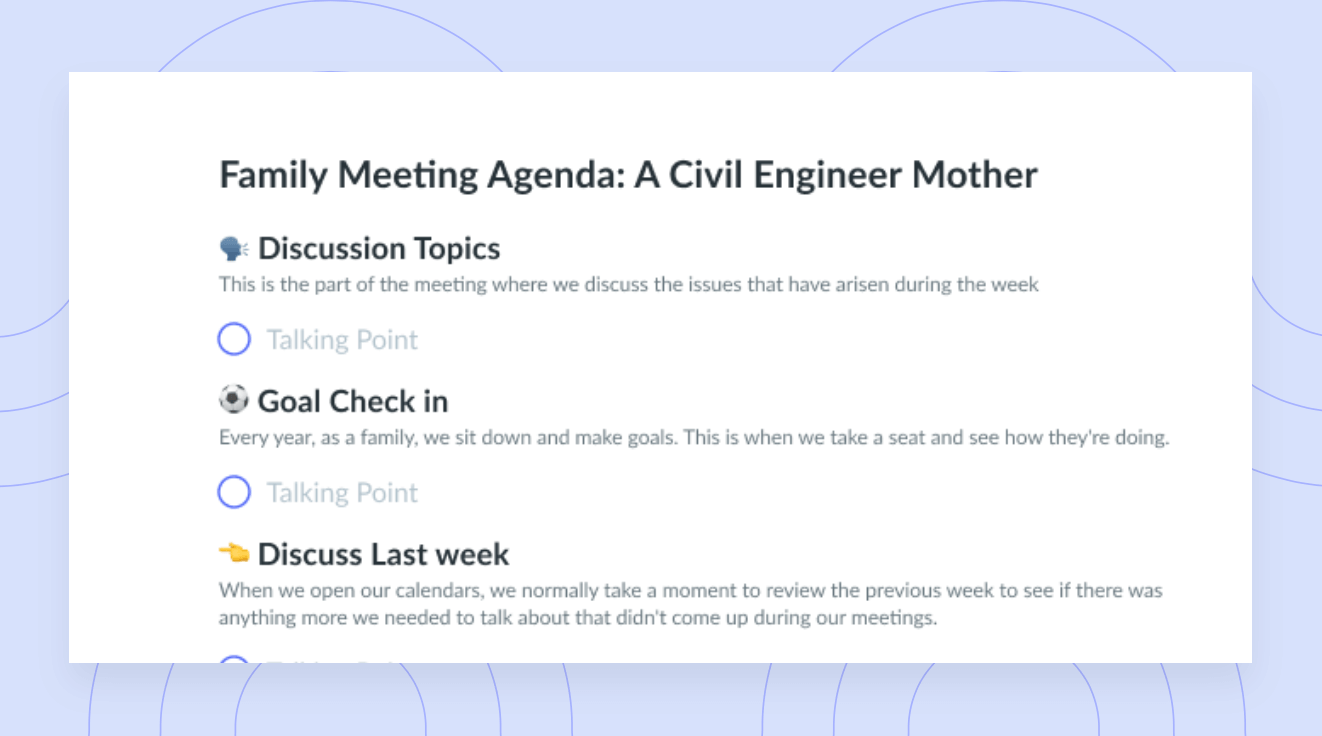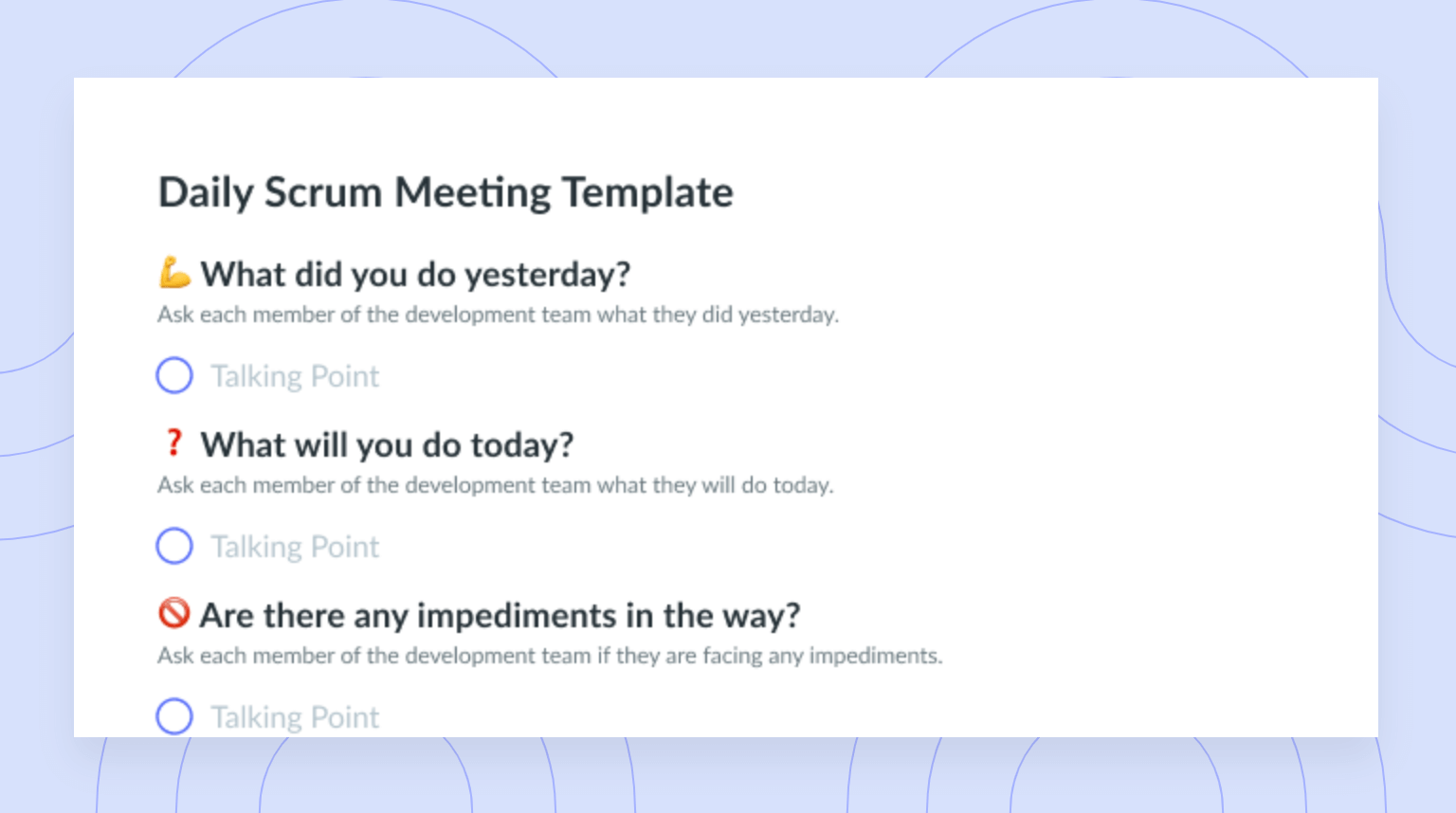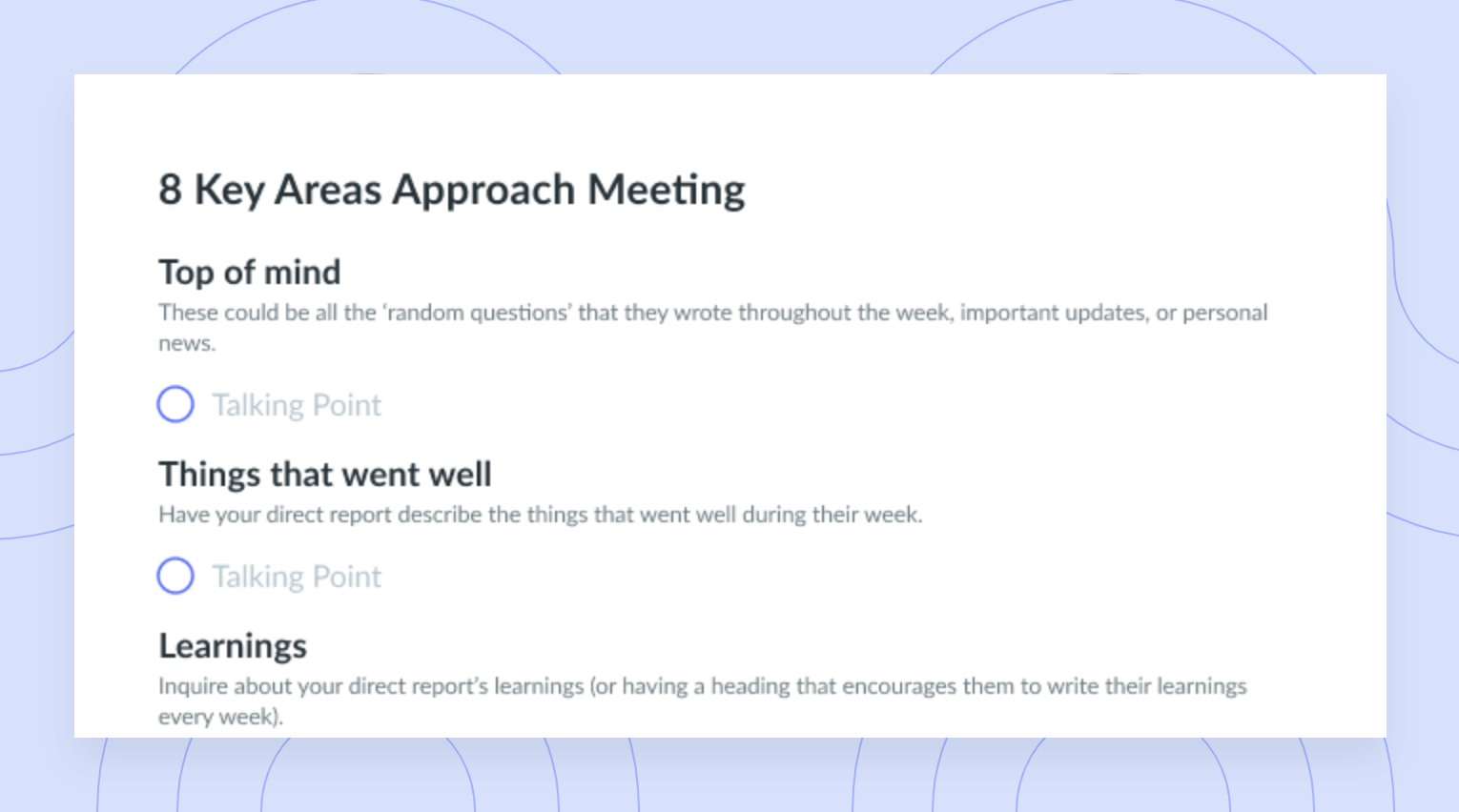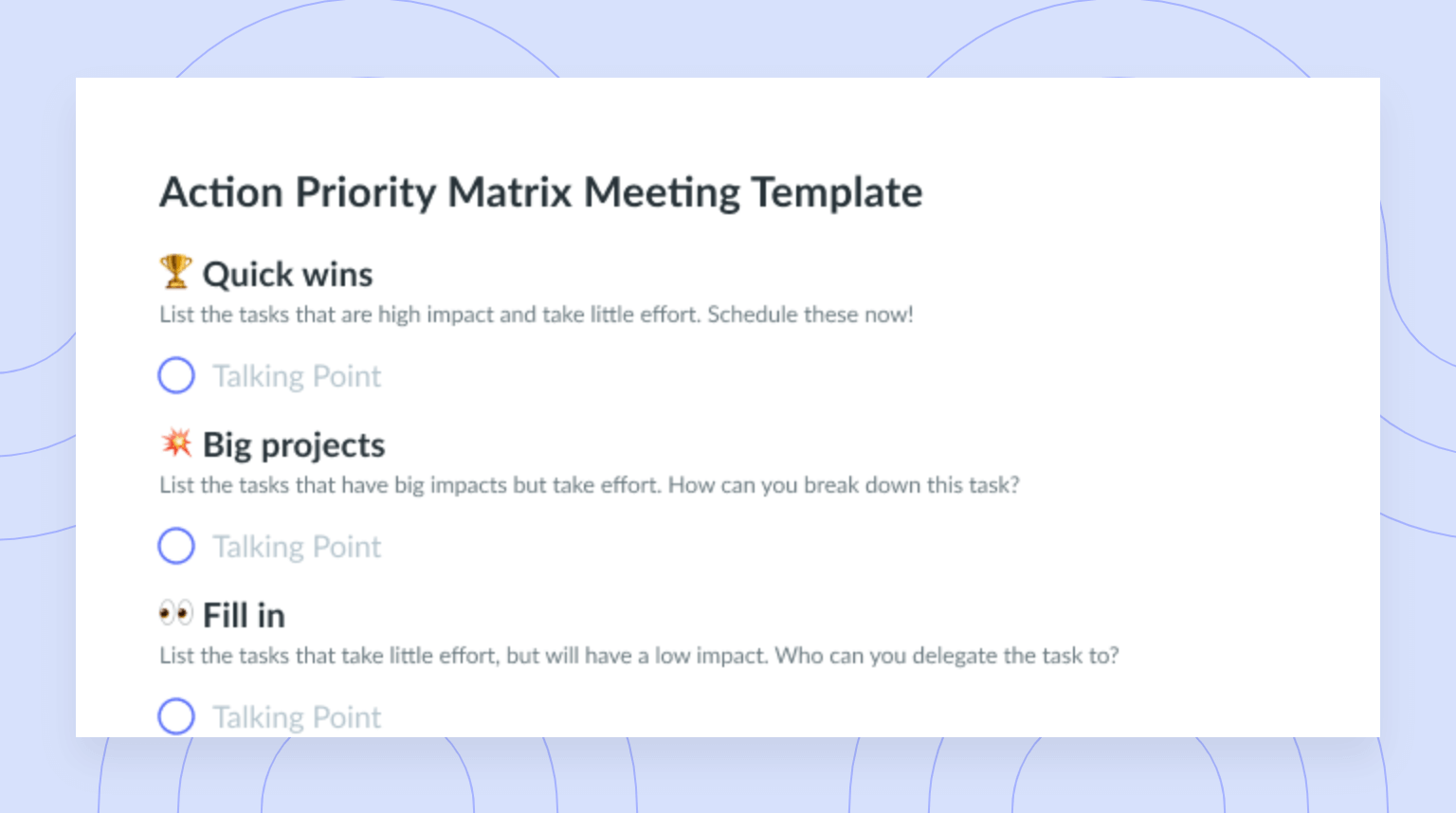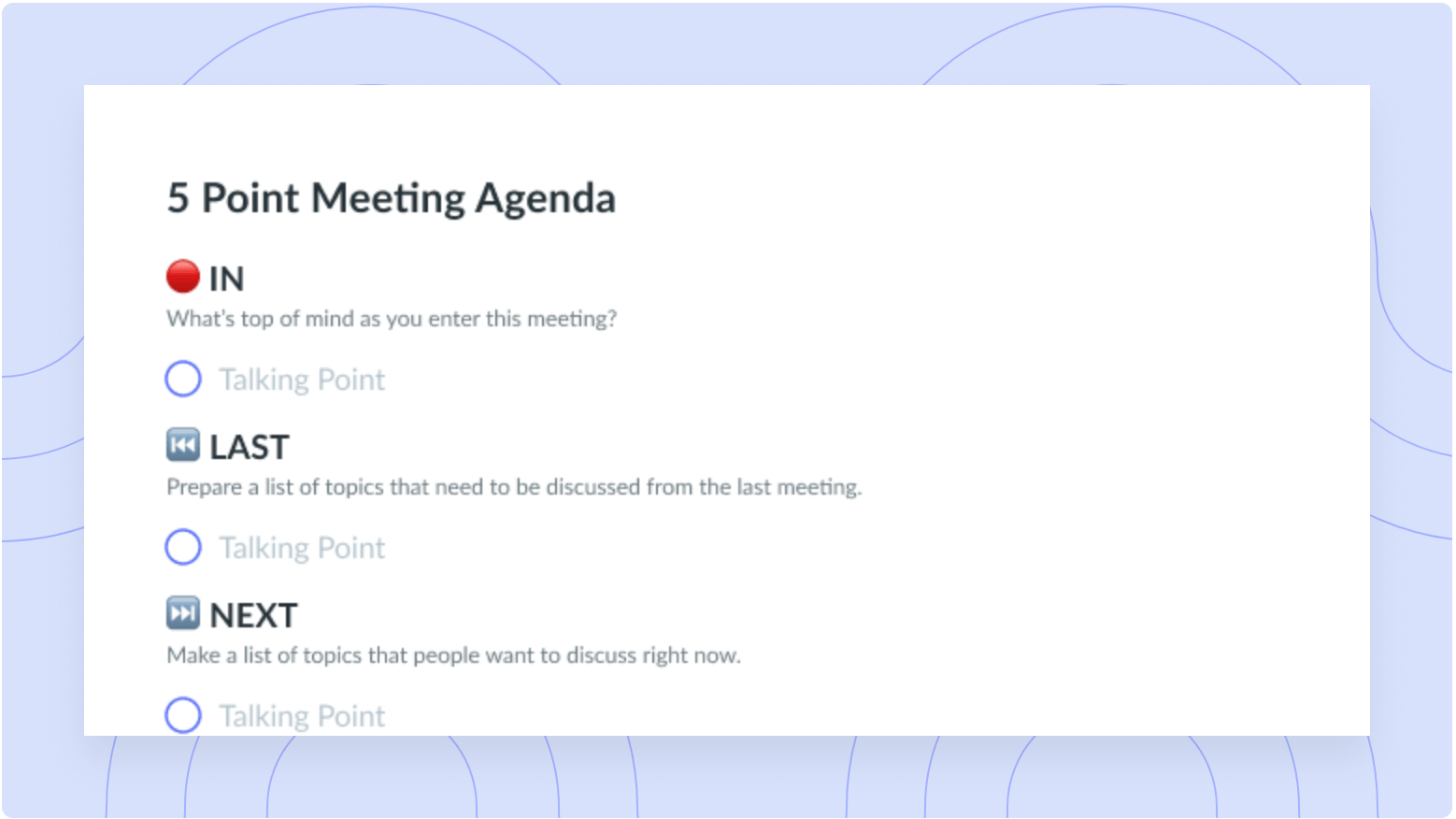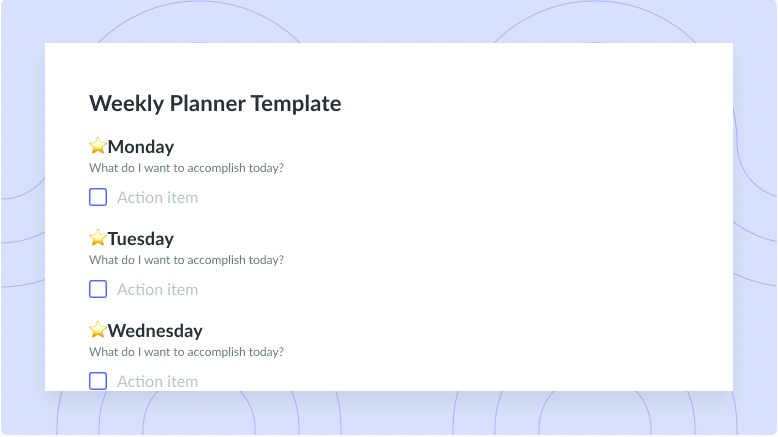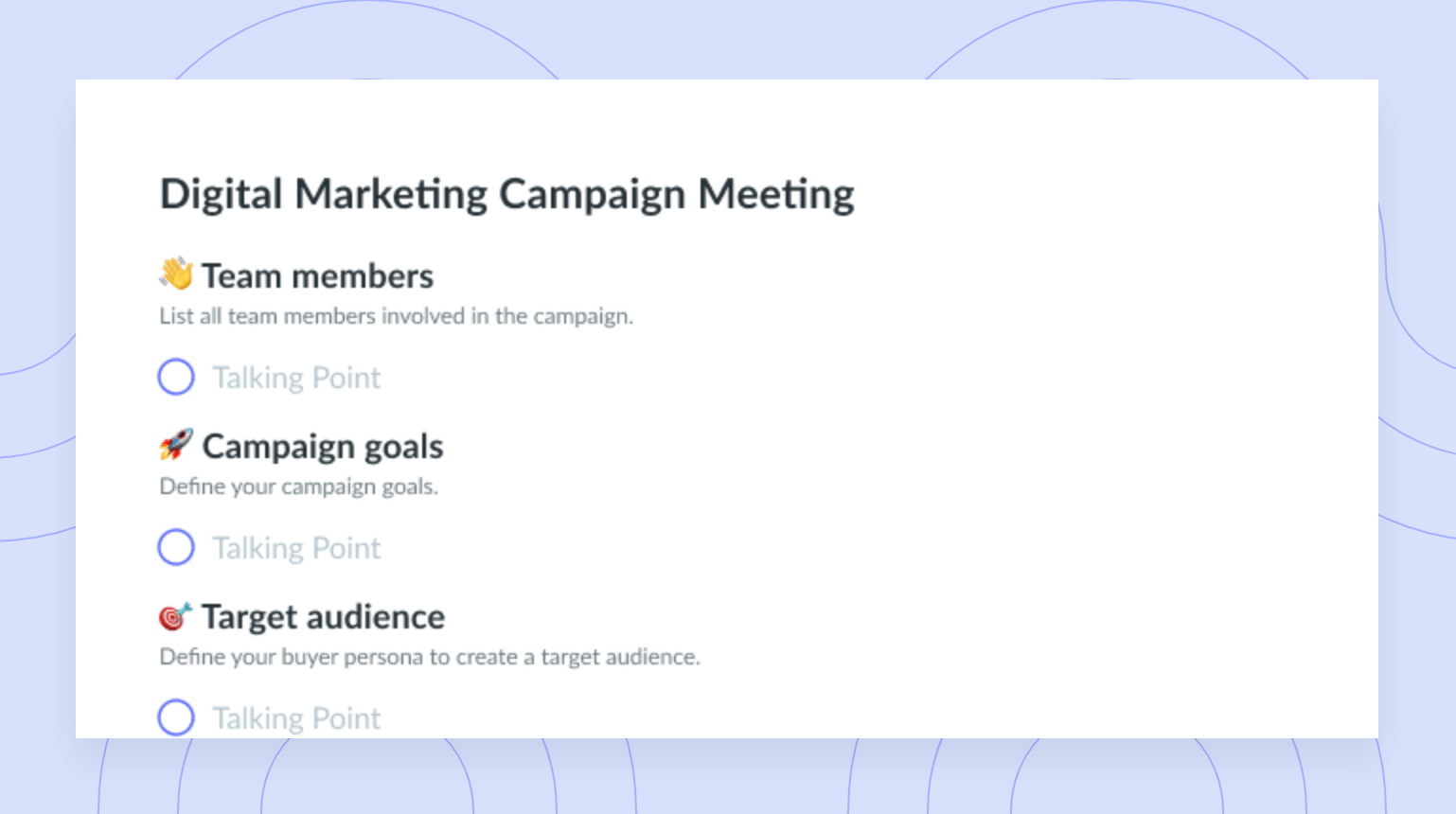Your Guide to the 5 Best Types of Planners
Finding the type of planner that works for you will help you declutter and track projects better. See 5 of the best types of planners here!
Just as you keep your home nice and organized, you should keep your work projects neatly sorted as well. Whether you’re looking to coordinate a seemingly endless to-do list for a complex project or you’re just looking for a way to get your tasks done on time, planners are here to help! Here, we’ll dive into everything you need to know about the benefits of planning tools and how different types of planners can help you reach more of your goals consistently!
What is a planner?
A planner is a digital tool that helps you organize elements of your project. There are different types of planners to cater to different needs (more on that down below), but generally, they can help with things like creating schedules, building checklists, managing progress on assignments, or even designing more complex plans like business strategies and product development roadmaps. The great thing about planners is that they’re often quite adaptable to different situations so you can use them for work, school, or personal organization
Why should you use a planner?
In simple terms, planners are great for keeping your day-to-day life organized. They can help make it easier to find important content and make it clear which materials will be most useful for a given situation. If you’re prone to collecting everything that’s come through your computer, digital organization tools can help you declutter non-important documents, tasks, notes, and communications. For project organization, planners can also aid in reminding you about upcoming due dates or expiring to-do items.

Take control of your meetings
Collaborate on meeting notes, foster accountability with action items, and grow with meaningful feedback. Try Fellow today!

5 types of planners
1Meeting planners
Meeting planners are used to coordinate meetings, as the more organized your meeting is, the more you’ll be able to get out of it! Some ways that meeting planners can help you do this are by:
- Creating collaborative meeting agendas and distributing them to attendees ahead of the call
- Documenting meeting notes and automatically sharing them with participants after the call
- Distributing feedback surveys to gauge meeting success and improvement areas
- Calculating the time spent in meetings to help you determine the effectiveness of your meetings
Fellow is an example of a great meeting management tool that works for remote, hybrid, and in-person teams. Not only does it help with keeping track of talking points for upcoming meetings, but it also allows teams to record objectives and key results (OKRs), which helps managers measure progress over the long term. For remote or hybrid teams, Fellow can also integrate with any major video conferencing platform to make your meeting plans easy to access from within the call!
2Work planners
Work planners are great for keeping tabs on your daily assignments—especially those that have long lists of ideas that need to be sorted before being assigned. Some specific things work planners can help with include:
- Generating and maintaining long lists of ideas such as backlogs
- Collaborating on action items with colleagues, including commenting on assignments or attaching supplementary documentation to tasks
- Assigning due dates and getting notifications for upcoming deadlines
- Tracking the amount of time it takes to get specific tasks done from start to finish
Some popular tools on the market today include Asana, monday.com, and Toggl. Most work planners require paid plans if you’re looking to use advanced features but they have free plans for testing out different options. Work planners like Asana and Monday have a lot more features and might also have a steeper learning curve if you’re not familiar with planning tools.
3Personal planners
Personal planners provide an easy-to-use platform for you to make a checklist of all the things you need to do. Most personal planners are available through mobile apps, too, because you’ll enjoy the satisfaction of checking off a to-do item right when it’s done—even while you’re on the go! Personal planning tools offer features for:
- Building to-do lists on the fly, wherever you are
- Prioritizing the items on your list
- Organizing requirements based on categories that you’ve set
- Making sharing lists with others super easy
- Jotting down notes and ideas directly on your list as well—without making it look like clutter
Google Keep is a great option for a personal planner, especially if you already use the rest of the Google Suite. If you’re managing your own freelance business or just attending a lot of meetings (such as parent-teacher conferences), you might like to try Fellow as it can guide your meeting conversation and also help you build a list of things to do after the call. For those who just want a simple to-do list builder, check out Todoist!
4Digital planners
Digital planners are like an alternative to traditional pen-and-paper agendas. A few ways they’ll help you be more productive include:
- Calendar tools to plan your schedule, including notifications to remind you of upcoming events
- Notetaking areas to jot down important things to remember about past or upcoming events
- The ability to send event invitations to friends, family, colleagues, and customers—or whoever else you’ll want to see at your event!
- The ability to connect virtual meeting links directly to the blocked time on the calendar so you can quickly log in to the video conference call on time
Google Calendar is probably one of the most well-known digital planners. There are also similar options out there, depending on what tech stack you use. For example, Microsoft Teams works well for Outlook users. Better yet, digital planners can integrate with your other types of planners, such as how Fellow integrates with Google Calendar!
5Project planners
If you’re working on complex projects—especially if you’re doing so with any external stakeholders—project planning tools will be your saving grace. Here are a few things they can help you with:
- Visualizing the upcoming product or project roadmap by date, product, or department activity
- Setting blockers to see what work needs to be done before another activity can kick-off
- Collaborating on project plans with internal and external teams (great for consulting firms or agencies!)
- Uploading and storing documentation for projects, which can be used as a talking point in an upcoming status meeting
- Quickly identifying delays and bottlenecks to start resolution efforts
Since project planning tools often support big teams or intricate projects, you’ll find that most options out there are very feature rich. One example is ProofHub, which acts as a centralized spot for you and your team to collaborate, share documentation, track deadlines, and much more. If you’re looking for something simpler, Teamgantt allows you to visualize project roadmaps and share the plan with colleagues or external shareholders; this might be a good option if your team is new to using any type of planning tool.
How to choose the right planner
There are a lot of variables to consider when determining which planner is right for you. Some of the major things to think about include:
- The price. How much are you willing to pay to make your life easier? Don’t forget to calculate the cost per member, as well as any onboarding fees or additional costs that might incur as your product usage grows.
- The number of team members that can join. Ensure you find a plan that can grow as your team scales. This is important for both the number of users and how effective collaboration and space sharing will be managed with a bigger team.
- The features. Depending on your role, you might need a specific feature set that not a lot of tools offer (this can help you narrow in on a select few tools that offer those features).
- Integration with your existing tools. Do you have a lot of other tools that will need to communicate with the planner, such as your customer relationship management (CRM), ticketing system, or marketing automation platforms?
- Support for your team dynamic. If your team works in multiple languages or time zones, you might want to consider if your planner tool will allow for translation or support in finding deadlines that work for everyone.
Parting advice
If you’re new to using planners, you’re in luck. There are a few types of planners that can suit different needs and there are plenty of products on the market already to experiment with. Knowing what to look for in a planning tool can help you with narrowing in on which one will be best for you and your team. Just keep in mind that you’ll need a planning tool that will work for your current context and also accommodate some room for any growth your team is planning on in the next 6-12 months! Keeping the long term in mind will greatly help with getting your team onboarded efficiently and maximizing the features of the tool you’ve selected.









